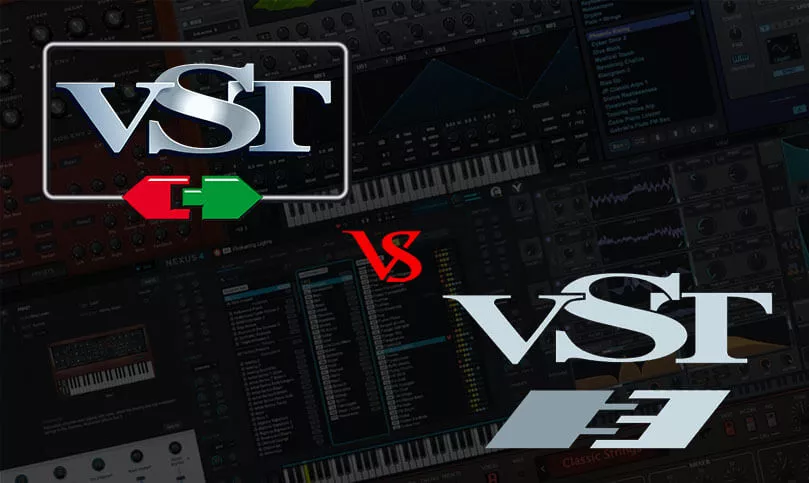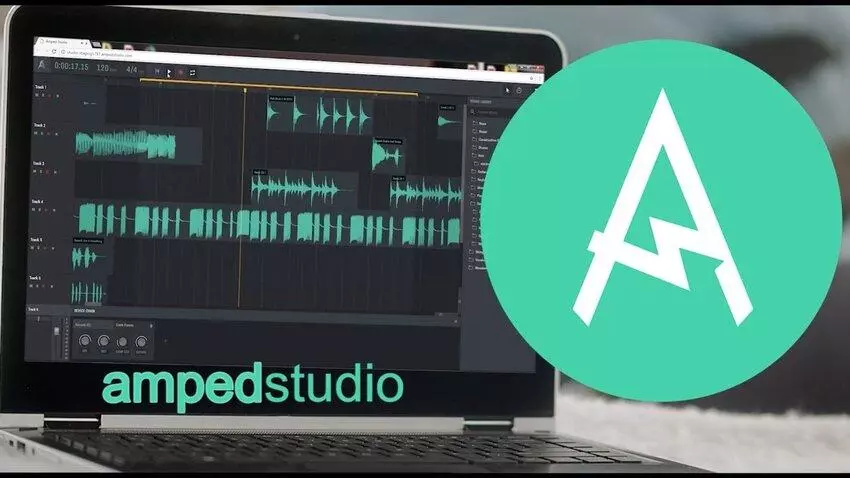What is an arpeggio

Arpeggio is a technique of playing chords in which the sounds are produced not simultaneously, but sequentially, one after another. If you are familiar with the concept of “strumming” when playing the guitar, then the essence of arpeggio is clear to you, although these terms should not be confused, because strumming can be used not only for chords.
The term “arpeggio” comes from the Italian word arpeggiare, which means “to play the harp”. Despite this, arpeggios are widely used not only by harpists, but also by pianists, guitarists, and performers on stringed instruments such as the violin, cello, or double bass. On these instruments, chords are usually played using the arpeggiato technique, since the bow can only capture two adjacent notes at a time, and in order to play the third, it is necessary to move to it.
In the modern music world, especially when working with synthesizers, a musician does not need to perform arpeggios manually. Many synthesizers have an arpeggiator function, which automatically breaks a chord into individual notes. All you need to do is set the desired parameters – speed, direction (up or down), rhythmic pattern, dynamics – and the synthesizer will create the necessary part, which can be included in the composition.
Arpeggio, indicated in notes by a wavy line, is popular in the synthwave and chiptune genres. In synthwave, inspired by retro sounds, arpeggios often create a feeling of smooth waves, as, for example, in the title theme of the TV series “Stranger Things”. In chiptune, where music is created based on the sounds of game consoles, arpeggios often form recognizable rhythmic patterns. But the use of arpeggios is far from new – it is enough to recall the famous “Moonlight Sonata” by Beethoven, based on successive arpeggio sounds.
Originally, arpeggio meant a way of playing chords when the sounds are taken not simultaneously (harmonically), but sequentially (melodically). From this point of view, arpeggio can be called a type of fingerpicking. Arpeggio can also be considered as a melodic structure consisting of chord tones (I, III and V degrees) played in sequence and representing stable degrees within a certain scale. For example, in the C major scale, the notes Do-E-Sol form a tonic triad, and if you play them one after the other, you get an arpeggio that characterizes this scale and its main chord. Thus, each arpeggio is associated with a certain scale, and expanding the arpeggio by adding unstable degrees allows it to be brought closer to the scale and chord, creating a smooth transition between them.
How to Learn Arpeggios
Arpeggios are an important element of musical technique, especially when playing guitar, and mastering them requires the right approach. Often, when trying to learn arpeggios, we face information overload: searching for diagrams on the Internet, studying them, quickly forgetting them, and ultimately – disappointment. This path does not bring the desired results. To truly master arpeggios, it is important to connect new knowledge with the material already studied and apply it in practice.
Instead of simply following ready-made diagrams, try to find and build arpeggios on the fretboard yourself. This will not only help you better remember the location of the notes, but also improve your understanding of musical structure.
Start with a familiar scale in a comfortable fingering, for example, C major in Segovia fingering from the 5th string. Go through the scale a few times, refresh your memory of the location of the notes. Then play the scale and say the notes out loud – this exercise will help you remember their location on the fretboard. Next, identify the stable degrees of the scale, such as C-E-G. Play the scale emphasizing these degrees. Then try playing the scale omitting the unstable degrees to create a major triad arpeggio in one fingering without using hints or diagrams.
Once you have memorized the locations of the arpeggio notes on the fretboard, create your own diagram that will be related to the original scale. This will help you better understand the relationship between scales and arpeggios, making them part of a single musical context, rather than something separate.
In the same way, you can isolate arpeggios from other scales and fingerings. If you are learning scales using the classical method (for example, Segovia fingerings), try to isolate arpeggios for scales from the 6th string or from fingerings of the third octave.
If you are working with the CAGED system, learn the arpeggios for each scale shape and try to combine them into one system that covers the entire fretboard. Change positions when transitioning between arpeggio notes to learn to see individual notes rather than getting stuck on rigid shapes.
For experienced guitarists who know arpeggio fingerings, it is useful to try playing arpeggios with one finger across the entire fretboard. This will give a new perspective on the instrument and help activate other attention processes.
Also, isolate arpeggios from minor scales to get minor triads. If you find it difficult to master arpeggios on your own, you can always turn to professional guitar courses.
Arpeggio Example
Let’s take the A minor (Am) chord as an example. This chord is made up of three notes: A (A), C (C), and E (E). To play it, place the fingers of your left hand on the fretboard so that you are simultaneously pressing all the necessary notes. Then, run your right hand across the strings, sounding all of these notes at once, creating a complete chord.
So how do you play a minor chord as an arpeggio? Instead of playing all the notes of the chord at once, as you would in a normal chord, play them one at a time, in sequence.
While you can use a chord shape to play an arpeggio, it’s important to understand that arpeggios on guitar are not simply playing the notes of a chord in sequence. Using chord shapes to play arpeggios may not be the most efficient approach. Instead, it’s better to work with sequences of notes specifically designed for arpeggios. It’s important that the notes don’t all sound at once, as in a chord — each note should stop before the next one sounds.
Here’s an example of an open-position arpeggio of an A minor (Am) chord.
Friends, in conclusion I want to share with you a great resource where you can generate an arpeggio, scale or chord for free in any key and in all positions on the fretboard. This tool will become an indispensable assistant in your musical development.
If this article was useful to you, don’t forget to like and subscribe to our channel – there is still a lot of interesting things ahead!










